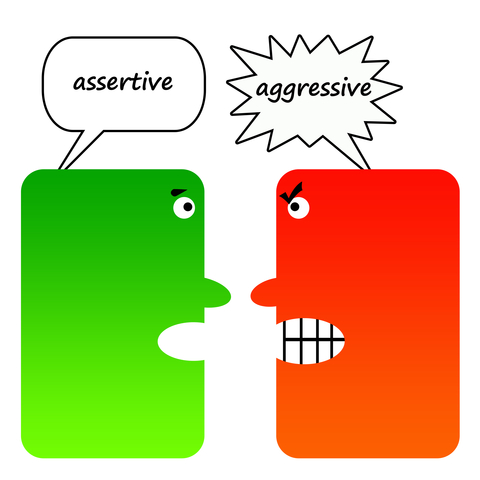At some point in your child or student’s life they will be part of a conflict. Teaching them how to address conflicts to reach a peaceful resolution is an important part of social skills development and maturity.
To get started, explain that there are various conflict resolution styles: passive, assertive, aggressive. Share examples of each of the styles, such as: a passive person may avoid eye contact or ignore a problem, whereas an aggressive person may resort to shouting or getting too close and raising their voice.
Talk through each of the resolution styles and encourage your students to consider how they address conflicts when they arise. Share how they can be more assertive while addressing conflicts rather than passive or aggressive.
Our educational consultants have prepared a learning module that educators can use to teach about conflict resolution. This module includes a PowerPoint presentation, activity sheets, homework samples, and an outline for the lesson. Give it a try!
The special education resources on this page were authored by Watson Institute’s special education consultant, Andrea Morris, M.Ed.
Powerpoint Presentation:
Assertive vs. Aggressive PowerPoint
Assertive vs. Aggressive Facilitator’s Guide
Resource Materials:
Assertive vs. Aggressive Activity Sheet 1
Assertive vs. Aggressive Homework
Assertive vs Aggressive Activity Sheet 2
Assertive vs. Aggressive Activity Sheet 1
Assertive vs. Aggressive Teacher Alert
Assertive vs. Aggressive Mini Schedule
Assertive vs. Aggressive Parent Note
Assertive vs Aggressive Outline
Assertive vs Aggressive Social Power Point card
Pre/Post Assessment
A pre and post lesson assessment is included in each lesson. Use of the assessment is an instructor preference. Many of the ‘homework’ pages for a lesson can be used as a pre/post assessment device alone or as part of the provided assessment. Each homework page can be checked by the instructor as well as the student.
Review all included pages of the lesson to determine what ‘assessment’ method will meet your needs. If the student is able to achieve a + in the majority of items of the pre-assessment, or if the student has been observed to display the skill topic of the lesson often, then the lesson may not be introduced or can be taught with a group as review and/or reinforcement.
Assertive vs. Aggressive Pre/Post Assessment
If you have questions or concerns about the Watson Institute’s use of this information, please contact us.
